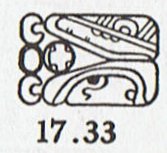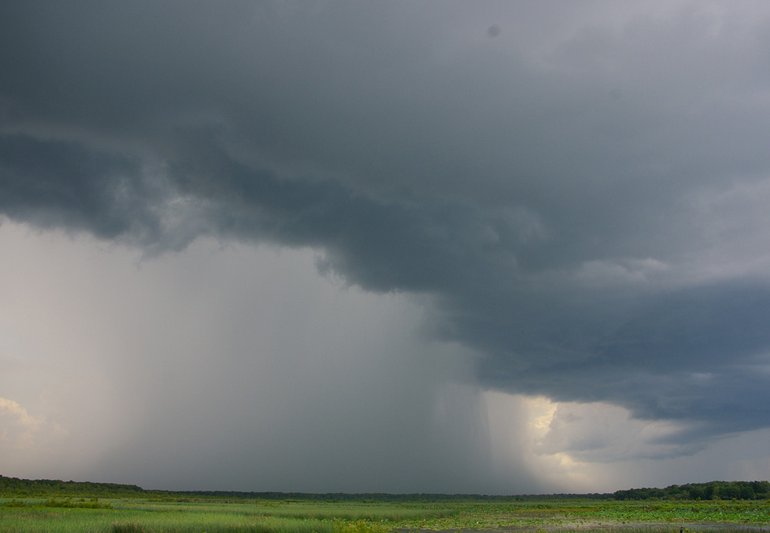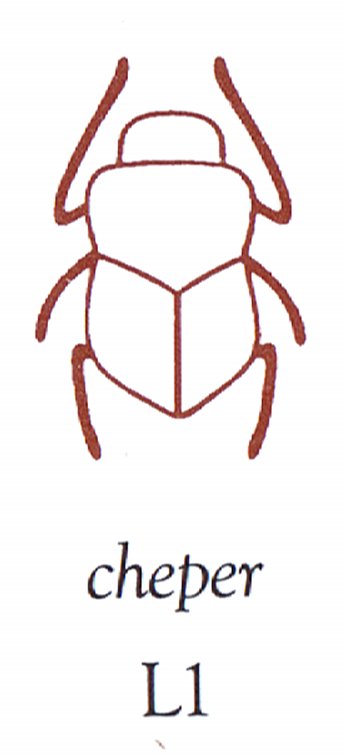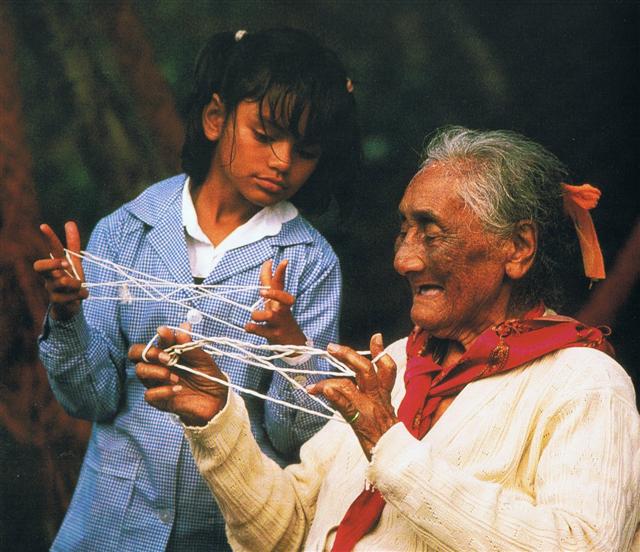These hidden 'Things' ought to have been located in the east and in the west, Mea. 1. Tonsil, gill (of fish). 2. Red (probably because it is the colour of gills); light red, rose; also meamea. 3. To grow or to exist in abundance in a place or around a place: ku-mea-á te maîka, bananas grow in abundance (in this place); ku-mea-á te ka, there is plenty of fish (in a stretch of the coast or the sea); ku-mea-á te tai, the tide is low and the sea completely calm (good for fishing); mau mea, abundance. Vanaga. 1. Red; ata mea, the dawn. Meamea, red, ruddy, rubricund, scarlet, vermilion, yellow; ariga meamea, florid; kahu meamea purple; moni meamea, gold; hanuanua meamea, rainbow; pua ei meamea, to make yellow. Hakameamea, to redden, to make yellow. PS Ta.: mea, red. Sa.: memea, yellowish brown, sere. To.: memea, drab. Fu.: mea, blond, yellowish, red, chestnut. 2. A thing, an object, elements (mee); e mea, circumstance; mea ke, differently, excepted, save, but; ra mea, to belong; mea rakerake, assault; ko mea, such a one; a mea nei, this; a mea ka, during; a mea, then; no te mea, because, since, seeing that; na te mea, since; a mea era, that; ko mea tera, however, but. Hakamea, to prepare, to make ready. P Pau., Mgv., Mq., Ta.: mea, a thing. 3. In order that, for. Mgv.: mea, because, on account of, seeing that, since. Mq.: mea, for. 4. An individual; tagata mea, tagata mee, an individual. Mgv.: mea, an individual, such a one. Mq., Ta.: mea, such a one. 5. Necessary, urgent; e mea ka, must needs be, necessary; e mea, urgent. 6. Manners, customs. 7. Mgv.: ako-mea, a red fish. 8. Ta.: mea, to do. Mq.: mea, id. Sa.: mea, id. Mao.: mea, id. Churchill. where there were holes for the Sun to enter into this world and through which he would exit. ... After he had made these male images Tu'u ko ihu fell asleep and dreamed of two women. Their names were Pa'apa ahiro and Pa'apa akirangi. In his dream he saw that they were hiding their Things with their hands, they were covering them with their fingers; therefore as soon as it was daylight he got up and carved two flat images exactly like those women ...
For there were 2 flat females, Pa'apa ahiro and Pa'apa akirangi.
... The Katawihi distinguish two rainbows [hanuanua meamea], Mawali in the west, and Tini in the east.
Tini and Mawali were twin brothers who brought about the flood that inundated the whole world and killed all living people, except two young girls whom they saved to be their companions. It is not advisable to look either of them straight in the eye: to look at Mawali is to become flabby, lazy, and unlucky at hunting and fishing; to look at Tini makes a man so clumsy that he cannot go any distance without stumbling and lacerating his feet against all obstacles in his path, or pick up a sharp instrument without cutting himself ... The Mura also believed that there were two rainbows, an 'upper' and a 'lower' ... Similarly, the Tucuna differentiated between the eastern and the western rainbows and believed them both to be subaquatic demons, the masters of fish and potter's clay respectively ... In South America the rainbow has a double meaning. On the one hand, as elsewhere, it announces the end of rain; on the other hand, it is considered to be responsible for diseases and various natural disasters. In its first capacity the rainbow effects a disjunction between the sky and the earth which previously were joined through the medium of rain.
... The Maya word cab means earth, world, tierra, the place below, opposed to caan, the sky ... In the second capacity it replaces the normal beneficient conjunction by an abnormal, maleficient one - the one it brings about itself between sky and earth by taking the place of water ...
... Ira gave the name 'Apina Nui A Papa Nihoniho A Vere Nuanua A Papa O Rae' to the neck of the figure of Hinariru ... ... a Papa nihoniho a vere nuanua a Papa o rae ... Papa O Rae ought to represent the 'entrance', because rae means forehead: Rae. First (always follows the noun): te tagata ra'e, the first man; (the other ordinal numerals, second, third, etc., precede the noun. Translator's note: ra'e is likely the noun which means forehead, face, in other Polynesian language, e.g. Tahitian rae). Vanaga. 1. Commencement, beginning, to strike up, to essay, to occasion, to proceed, former, primitive, precedent, predecessor, first-fruits; rae ki te mea hou, to innovate; oho rae, to march at the head; tagata rae, advance guard, van; raega, commencement, beginning, occasion, first-fruits. 2. To attack, to provoke; kakai rae, toua rae, to provoke. Churchill. Papa O Nihoniho should represent the 'exit' because niho means teeth (niho hakarite, regular teeth). ... The manik, with the tzab, or serpent's rattles as prefix, runs across Madrid tz. 22 , the figures in the pictures all holding the rattle; it runs across the hunting scenes of Madrid tz. 61, 62, and finally appears in all four clauses of tz. 175, the so-called 'baptism' tzolkin. It seems impossible, with all this, to avoid assigning the value of grasping or receiving. But in the final confirmation, we have the direct evidence of the signs for East and West. For the East we have the glyph Ahau-Kin, the Lord Sun, the Lord of Day; for the West we have Manik-Kin, exactly corresponding to the term Chikin, the biting or eating of the Sun, seizing it in the mouth.
This implies vere nuanua should be in the center, i.e. in the place corresponding to the Egyptian scarab beetle (Scarabeus sacer), the prime mover:
Vere. 1. Beard, moustache (vede G); vere gutu, moustache; verevere, shaggy, hairy, tow, oakum. Mgv.: veri, bristly, shaggy, chafed (of a cord long in use). Mq.: veevee, tentacles. Ta.: verevere, eyelash. 2. To weed (ka-veri-mai, pick, cut-grass T); verevere, to weed. P Mgv.: vere, to weed. Mq.: veéveé, vavee, id. 3. Verega, fruitful, valuable; verega kore, unfruitful, valueless, contemptible, vain, futile, frivolous; tae verega, insignificant, valueless; mataku verega kore, scruple. Mgv.: verega, a design put into execution; one who is apte, useful, having a knowledge how to do things. 4. Ta.: verevere, pudenda muliebria. Ma.: werewere, id. (labia minora). Churchill. Sa.: apungaleveleve, apongaleveleve, a spider, a web. To.: kaleveleve, a large spider. Fu.: kaleveleve, a spider, a web. Niuē: kaleveleve, a cobweb. Nukuoro: halaneveneve, a spider. Uvea: kaleveleve, a spider. Mgv.: pungaverevere, a spider. Pau.: pungaverevere, cloth. Mg.: pungaverevere, a cobweb. Ta.: puaverevere, id. Mao.: pungawerewere, puawerewere, puwerewere, a spider. Ha.: punawelewele, a spider, a web. Mq.: pukaveevee, punaveevee, id. Vi.: lawa, a fishing net; viritālawalawa, a cobweb; butalawalawa, a spider. Churchill 2. Nua. 1. Mother; this seems a more ancient word than matu'a poreko. 2. Blanket, clothing, cape formerly made from fibres of the mahute tree. Vanaga. Cloak T. Churchill. Nu'a 1. Thick; piled one on top of the other, as leis, mats, or ocean swells; heaped; lush, thick-growing; much traveled, as a road; multitude, as of people, mass. Also hānu'a. Moena kumu nu'a, a sleeping mat made thick at one end to serve as a head rest; lit. 'mat piled beginning'. Nu'a moena, a heap of mats. Nu'a kanaka, many people. Haki nu'a ka uahi i ke kai, the spray breaks in masses in the sea. Ka nu'a o ka palai, the thick clump of palai ferns. Ho'o nu'a, to heap up; to give generously and continuously; to indulge, as a child; surging, rising in swells, as the sea. 2. A kind of seaweed. Nu'a-kea, a goddess of lactation. Wehewehe. Nuahine. 1. Old woman. 2. Ko te Nuahine ká umu a ragi kotekote, ancient name of 'the woman in the moon' inspired by the resemblance of its landscape with the likeness of a woman sitting, lighting the fire of her oven. Vanaga. Nuehine. Old woman. Churchill. "[Englert 1948, 165:] '... se selia nombrar Ko te Nuahine káumu ŕ rangi kote kote que significa: La vieja que enciende el curanto en el cielo kotekote. Puedo haber sido una personificación de la luna porque las viejos decían, comentando este nombre, que no es una montańa que seve en la luna, sino una mujer anciana que está suntada [sentada?] al lado un gran curanto umu pae (de piedras en circulo)." (Barthel) The Polynesian word honu was not only a term for 'turtle' but also for the 'house spider' - and at the top of the piled up (nu'a) pyramid of Kukulkan there was a house for births. ... 'The traditions show that the residences of the king were fairly flexible. The building of new houses was obviously the result of (male) births in the royal family. In each case, the house that was built last is left to the newborn son and his mother, together with a specific servant, while the king has a new and separate residence constructed for himself ... Honu. 1. Turtle. 2. Spider (the species found in houses). Vanaga. Turtle. P Mgv.: honu, onu, id. Mq.,Ta.: honu, id. To.: fonu, id. Ha.: honu, id. Churchill. To.: fonu, turtle, tortoise, Fu., Niuē, Uvea, Fotuna: fonu, turtle ... Sa.: volu, tortoise. Nukuoro: holu, turtle. Viti: vonu, turtle. Churchill 2. ... It grew light, and again Ira spoke. This is what he said: 'Turn around, all of you, and go down to ride the waves (literally, 'to the turtle, to act like a turtle') ... Barthel 2. ... Then three lines are drawn east and west, one across the northern section indicates the northern limit of the Sun (corresponding with the Tropic of Cancer) about the 15th and 16th days of the month Kaulua (i.e., the 21st or 22nd of June) and is called ke alanui polohiwa a Kane, the black-shining road of Kane. The line across the southern section indicates the southern limit of the Sun about the 15th or 16th days of the month Hilinama (December 22) and is called ke alanui polohiwa a Kanaloa, the black-shining road of Kanaloa. The line exactly around the middle of the sphere is called ke alanui a ke ku'uku'u, the road of the spider, and also ke alanui i ka Piko a Wakea, the way to the navel of Wakea (the Sky-father). Between these lines are the fixed stars of the various lands, na hokupaa a ka aina. (These are the stars which hang suspended in the zeniths of the Polynesian islands most of which lie within the tropics.) On the sides are the stars by which one navigates ... ... A very detailed myth comes from the island of Nauru. In the beginning there was nothing but the sea, and above soared the Old-Spider. One day the Old-Spider found a giant clam, took it up, and tried to find if this object had any opening, but could find none. She tapped on it, and as it sounded hollow, she decided it was empty. By repeating a charm, she opened the two shells and slipped inside. She could see nothing, because the sun and the moon did not then exist; and then, she could not stand up because there was not enough room in the shellfish. Constantly hunting about she at last found a snail. To endow it with power she placed it under her arm, lay down and slept for three days. Then she let it free, and still hunting about she found another snail bigger than the first one, and treated it in the same way. Then she said to the first snail: 'Can you open this room a little, so that we can sit down?' The snail said it could, and opened the shell a little. Old-Spider then took the snail, placed it in the west of the shell, and made it into the moon. Then there was a little light, which allowed Old-Spider to see a big worm. At her request he opened the shell a little wider, and from the body of the worm flowed a salted sweat which collected in the lower half-shell and became the sea. Then he raised the upper half-shell very high, and it became the sky. Rigi, the worm, exhausted by this great effort, then died. Old-Spider then made the sun from the second snail, and placed it beside the lower half-shell, which became the earth ...
|






